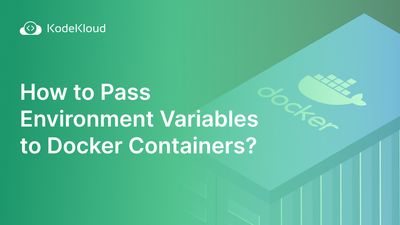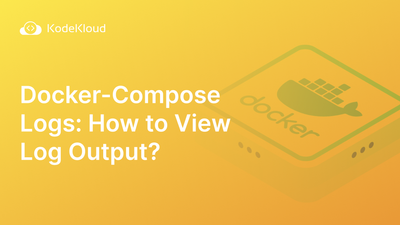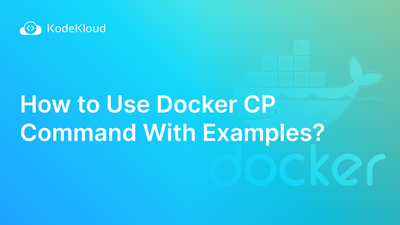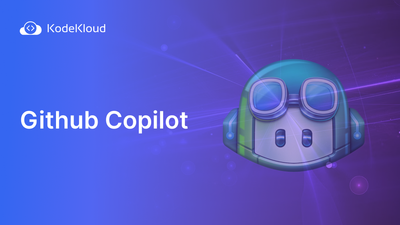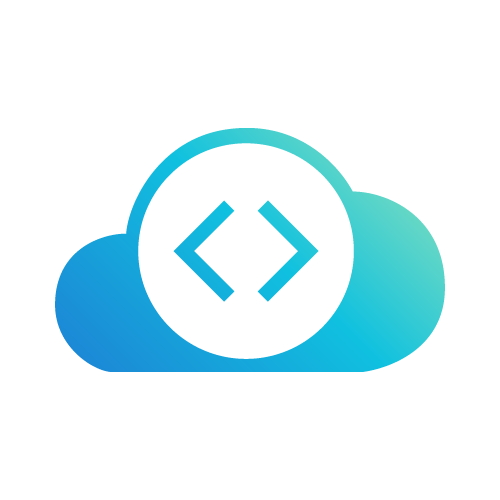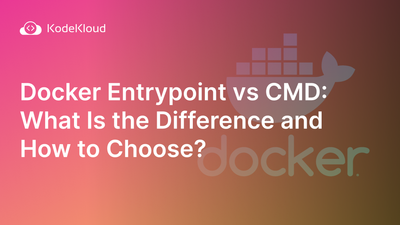SRE vs. DevOps: Understanding The Key Differences


Barry is a machine learning expert with software engineering skills. He uses Kubernetes and DevOps tools to deliver and manage software solutions. He offers reliable and useful insights to readers.
•
DevOps



